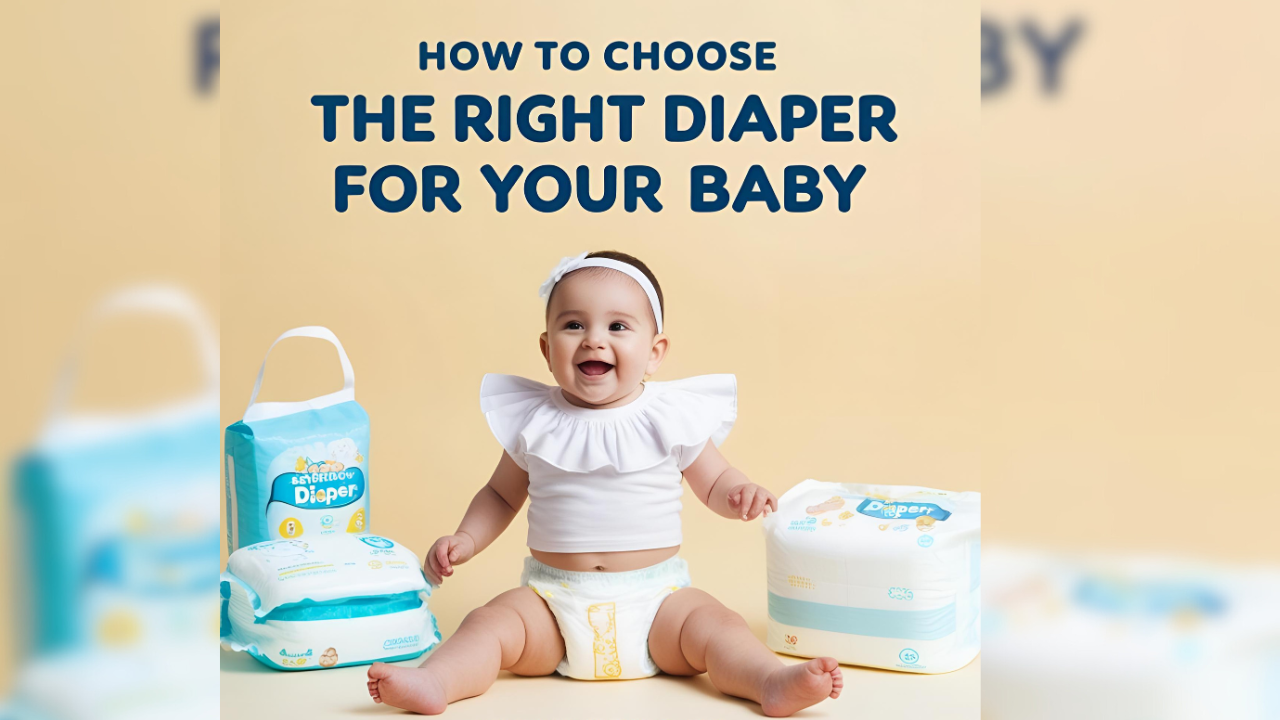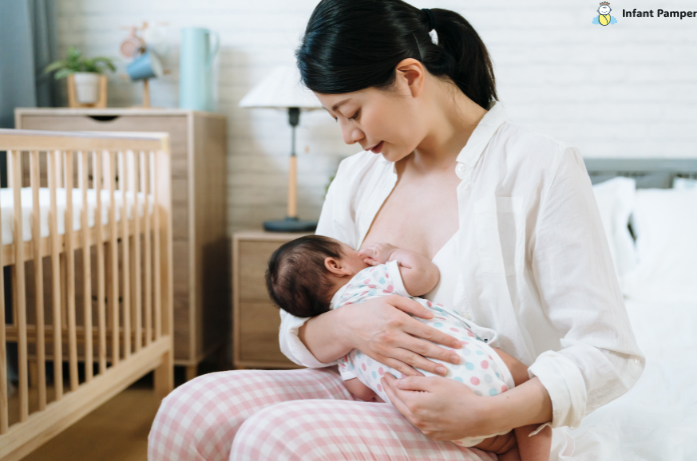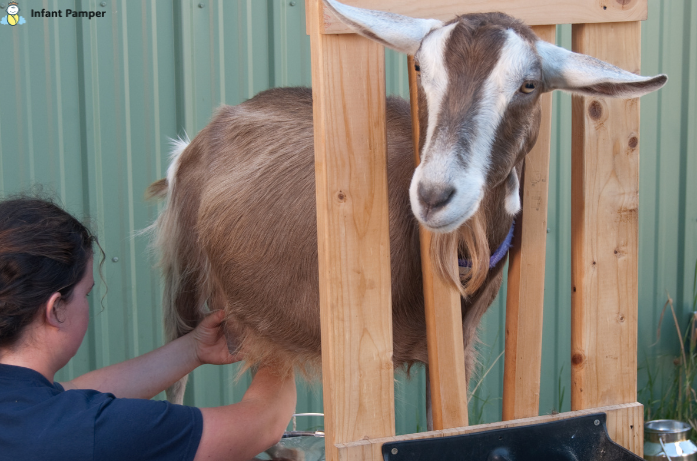Choosing the right diaper for your baby is a crucial decision that impacts their comfort, health, and your peace of mind. With a plethora of options available, understanding the key factors can help new parents and caregivers make informed choices.
Understanding Diaper Types
Diapers primarily come in two categories: disposable and cloth.
- Disposable Diapers: These are convenient and widely used. They are designed for single use and are known for their high absorbency and ease of disposal. However, they contribute to environmental waste and can be more expensive over time.
- Cloth Diapers: Made from natural fibers like cotton, bamboo, or hemp, cloth diapers are reusable and eco-friendly. They require regular washing and can be cost-effective in the long run. Modern cloth diapers come in various styles, including prefolds, all-in-ones, and pocket diapers, offering flexibility and comfort.
Factors to Consider When Choosing a Diaper
1. Baby’s Age and Weight
Diaper sizes are typically determined by your baby’s weight. It’s essential to choose a size that fits snugly without being too tight. An ill-fitting diaper can lead to leaks or discomfort. Most brands provide sizing charts to guide parents.
2. Absorbency
A good diaper should effectively absorb moisture to keep your baby’s skin dry and prevent diaper rash. Some diapers offer extra absorbency for overnight use, ensuring your baby sleeps comfortably without frequent changes.
3. Material and Sensitivity
Babies have delicate skin, and some may be sensitive to certain materials. Opt for diapers that are free from fragrances, dyes, and chlorine to minimize the risk of irritation. Organic or hypoallergenic diapers can be a good choice for babies with sensitive skin.
4. Wetness Indicators
Many modern diapers come with wetness indicators—lines or patterns that change color when the diaper is wet. This feature helps parents know when it’s time for a change, ensuring the baby stays dry and comfortable.
5. Cost and Environmental Impact
While disposable diapers offer convenience, they can be more expensive over time and contribute to environmental waste. Cloth diapers, though requiring an initial investment and regular washing, are reusable and environmentally friendly. Consider your budget and environmental concerns when making a choice.
Tips for New Parents
- Trial and Error: Every baby is different. It might take trying a few brands or types to find the perfect fit for your child.
- Monitor for Rashes: Keep an eye on your baby’s skin. If you notice redness or irritation, it might be time to switch diaper brands or types.
- Regular Changes: Change diapers promptly after they become soiled to maintain skin health and prevent rashes.
- Proper Fit: Ensure the diaper fits well around the waist and legs to prevent leaks and discomfort. You should be able to slide two fingers between the diaper and your baby’s stomach.
Choosing the right diaper involves considering various factors, including your baby’s size, skin sensitivity, and your lifestyle preferences. By understanding the options and paying attention to your baby’s needs, you can ensure their comfort and well-being.




